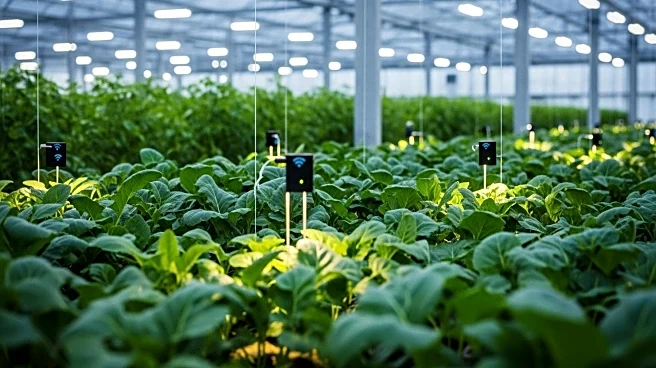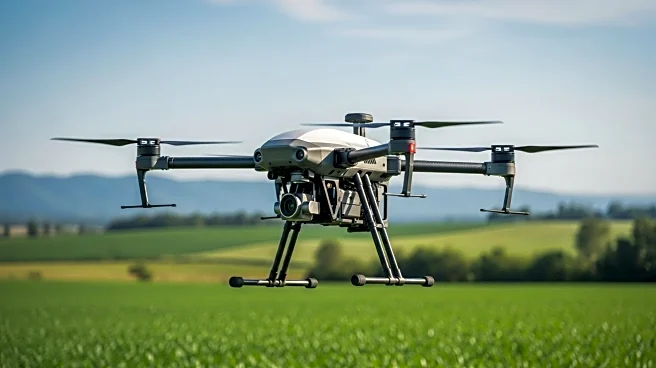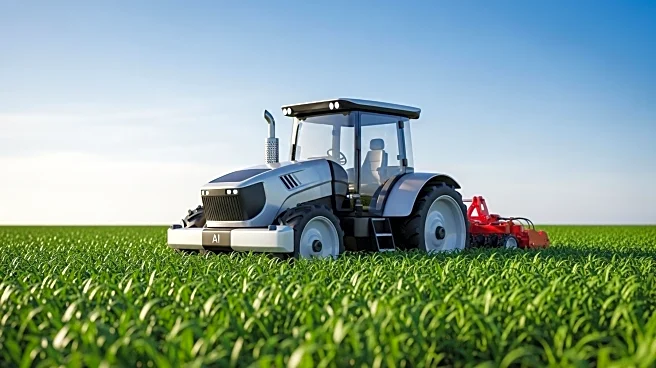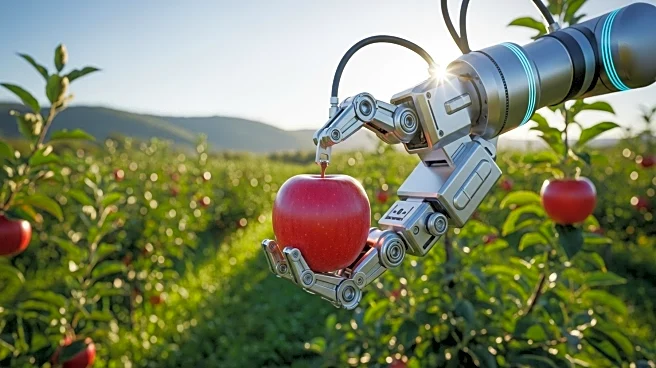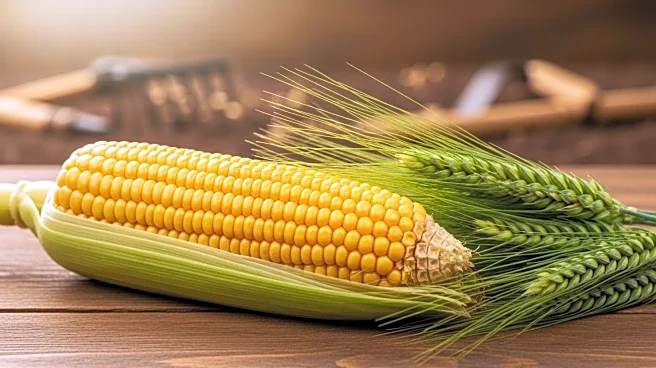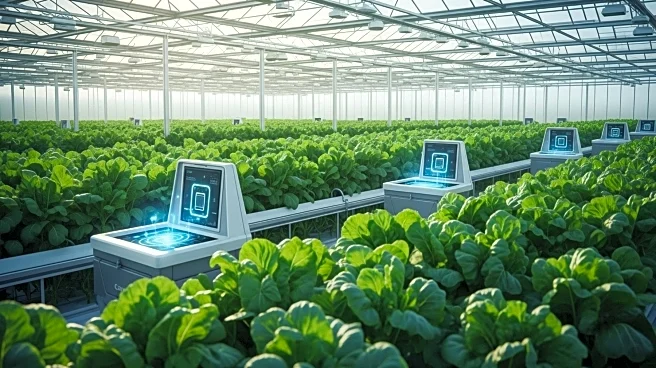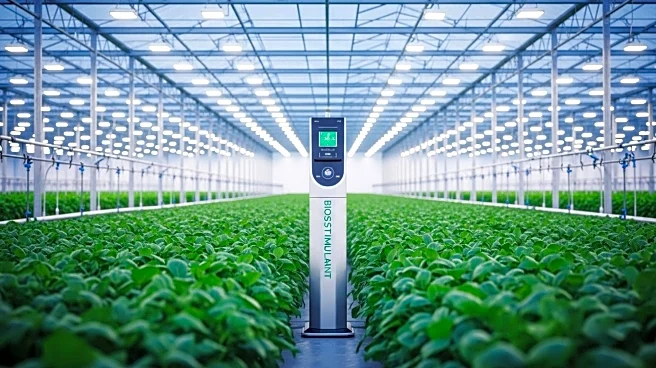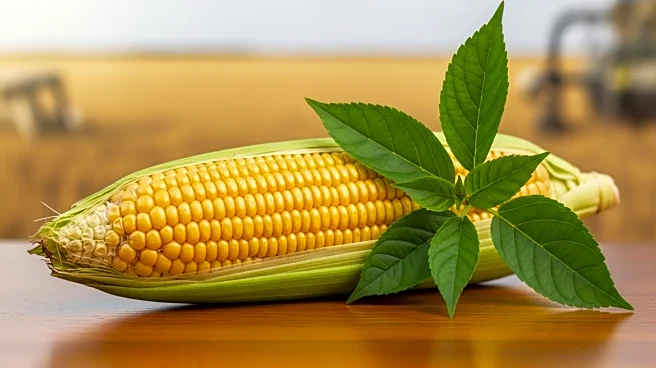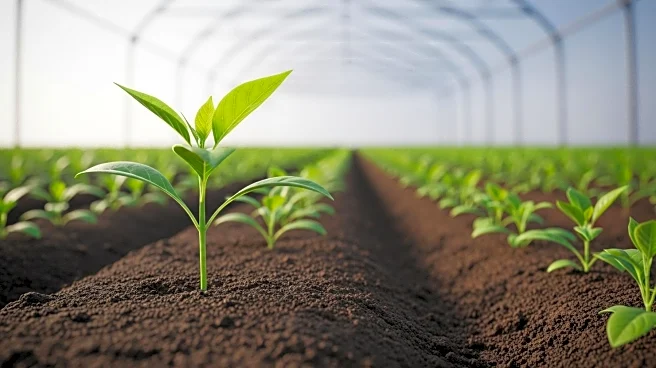What's Happening?
The global agriculture equipment market is forecasted to grow significantly, reaching USD 281.46 billion by 2033. This growth is driven by increased mechanization and technological innovations in farming operations. The market, valued at USD 179.88 billion in 2024, is expected to expand at a compound annual growth rate (CAGR) of 5.1% from 2025 to 2033. Key drivers include the rising demand for food, efficiency pressures, and the adoption of smart farming technologies such as GPS-equipped tractors and precision harvesting tools. The Asia Pacific region currently leads the market, accounting for a significant share, and is anticipated to maintain its growth trajectory. Tractors hold the largest market share among agricultural equipment, with land development and seedbed preparation being the primary applications.
Why It's Important?
The expansion of the agriculture equipment market is crucial for addressing global food security challenges and improving farming efficiency. As the global population grows, the demand for food increases, necessitating more efficient agricultural practices. The adoption of advanced machinery helps farmers enhance productivity, reduce labor costs, and improve crop yields. This market growth also supports sustainable farming practices through precision agriculture, which optimizes resource use and minimizes environmental impact. However, high upfront costs and the need for skilled operators remain challenges, particularly for smaller farms. Government subsidies and equipment rental models are emerging as solutions to these barriers, promoting wider access to modern farming technologies.
What's Next?
The agriculture equipment market is likely to see further innovations in electric and smart machinery, aligning with environmental sustainability goals. Governments may continue to offer support through subsidies and incentives to encourage the adoption of advanced equipment. Additionally, equipment rental and sharing models are expected to grow, providing farmers with access to high-end machinery without the burden of full purchase costs. Major players in the market, such as Deere & Company and Kubota Corporation, are focusing on developing efficient machinery and expanding their product portfolios to cater to both large-scale and smallholder farms.
Beyond the Headlines
The shift towards mechanized and smart farming practices could lead to significant changes in rural labor markets, potentially reducing the demand for manual labor while increasing the need for technically skilled workers. This transition may require investment in training and education to equip the workforce with the necessary skills to operate and maintain advanced machinery. Furthermore, the increased use of technology in agriculture could drive data-driven decision-making, enhancing farm management and productivity.


